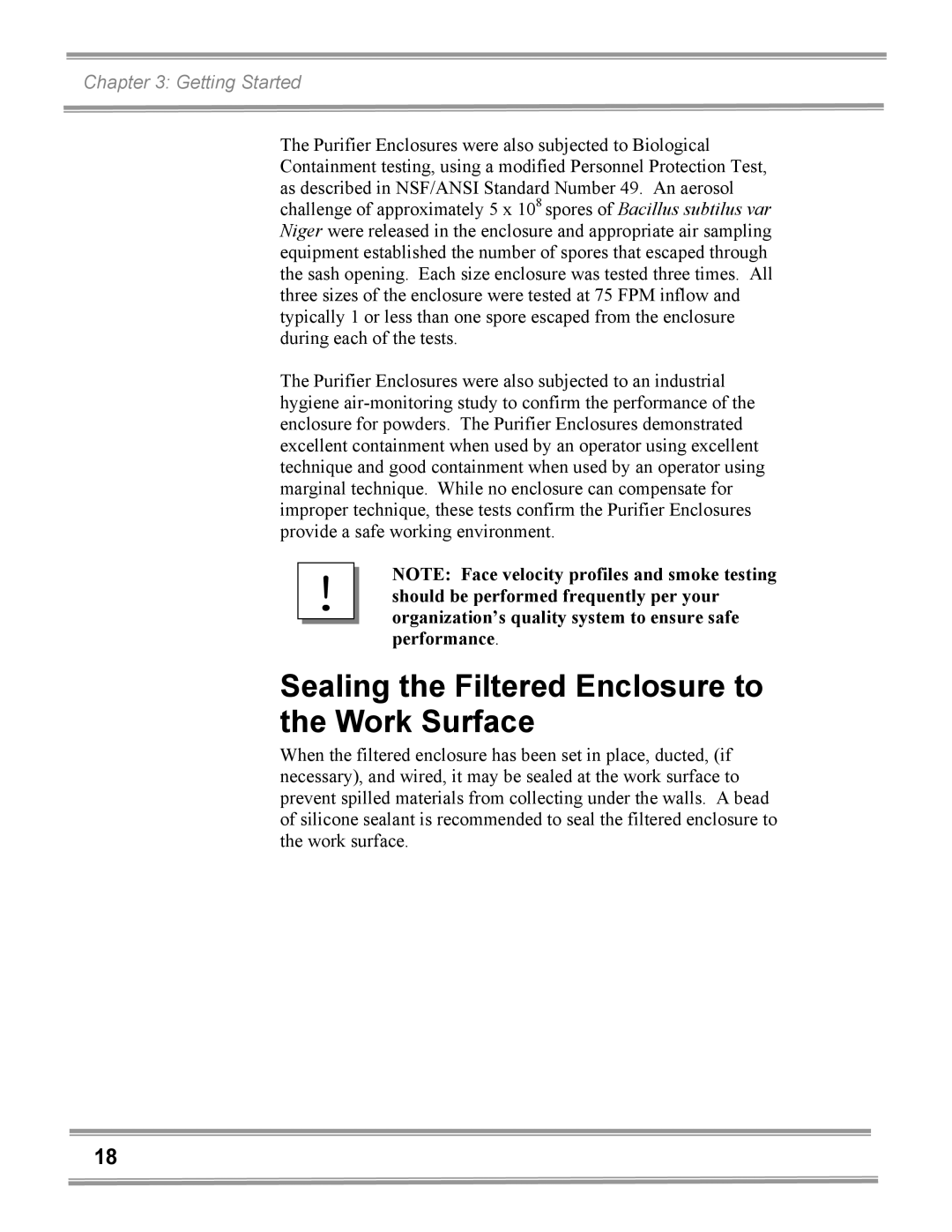3980203, 3980223, 3980402, 3980400, 3980422 specifications
Gentek has established itself as a leading name in the world of electrical and building materials, offering a wide range of products designed to meet the diverse construction and renovation needs. Among its impressive lineup, the model numbers 3980202, 3980323, 3980220, 3980221, and 3980201 have emerged as notable contenders, each boasting specific features that set them apart in the market.The Gentek 3980202 is particularly acclaimed for its robust construction and exceptional durability. This product is designed with weather-resistant properties, making it suitable for various climates and ensuring that it can withstand harsh environmental conditions. Touted for its ease of installation, the 3980202 features a user-friendly design, allowing both professionals and DIY enthusiasts to utilize it without hassle.
Moving onto the Gentek 3980323, this model takes innovation to the next level with its advanced technological integrations. It incorporates energy-efficient solutions aimed at reducing overall electrical consumption. This model is also compatible with modern smart home systems, allowing users to enhance their homes with ease. The sleek design does not compromise on performance, ensuring that functionality and aesthetics work in harmony.
The Gentek 3980220 and 3980221 share several similarities, focusing on versatility and adaptability. These models are engineered to cater to a wide range of applications, making them ideal for both residential and commercial projects. Their modular designs allow for customization based on specific project requirements, significantly increasing their appeal to contractors and architects. Furthermore, they boast eco-friendly features, contributing to sustainable building practices.
Lastly, the Gentek 3980201 stands out for its affordability without compromising quality. This model offers essential features that meet the fundamental needs of any project, making it an excellent choice for budget-conscious buyers. Despite its economical price point, the 3980201 is crafted with high-grade materials ensuring reliability and longevity.
In summary, Gentek's models 3980202, 3980323, 3980220, 3980221, and 3980201 showcase the company's commitment to quality, innovation, and sustainability. Each model offers unique features tailored to specific needs, ultimately providing contractors, architects, and homeowners with dependable solutions that stand the test of time.

